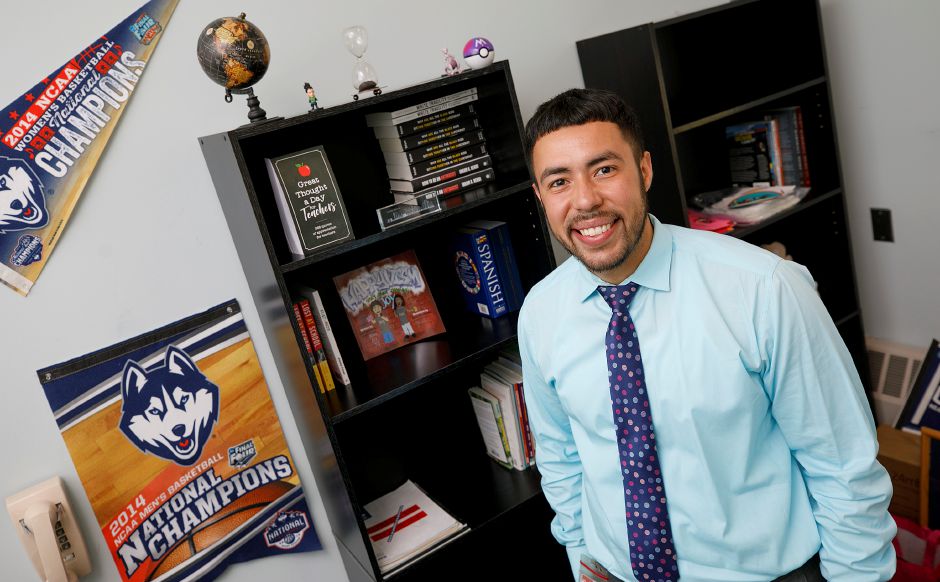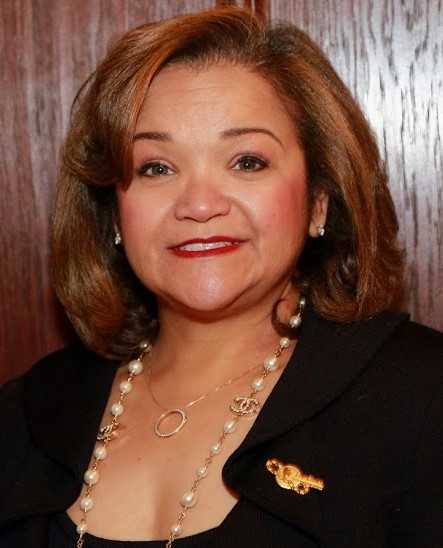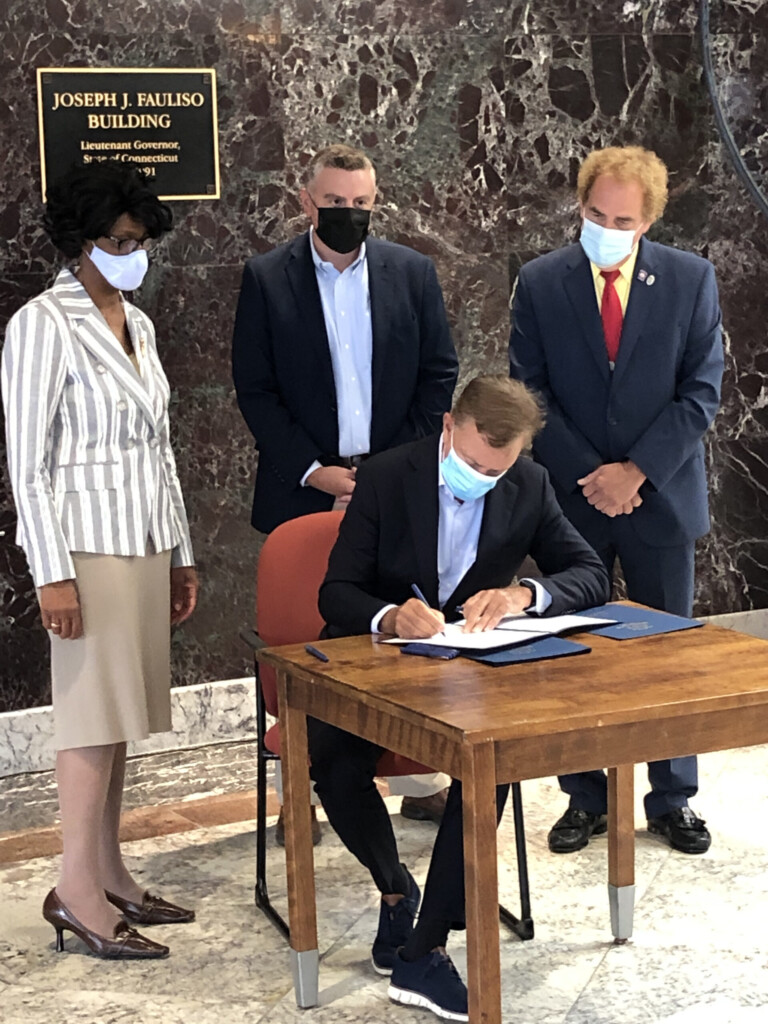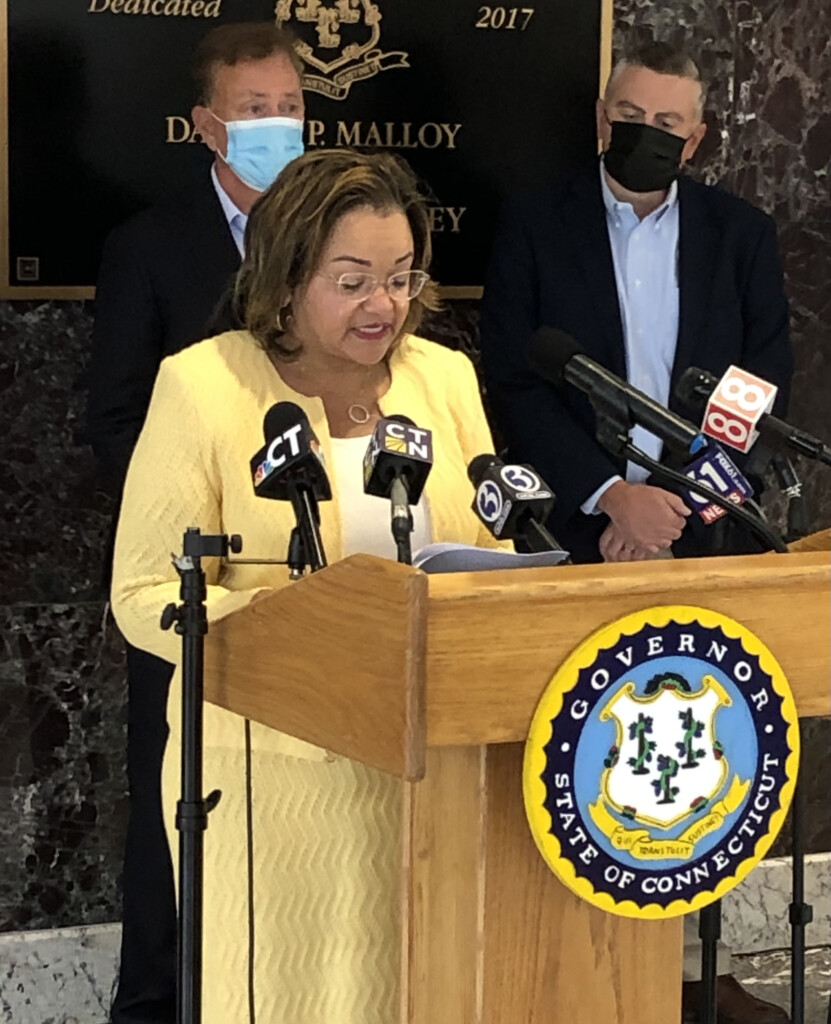More than 20 years ago, Orlando Valentin Jr. entered kindergarten at Hanover Elementary School. This month, he returned to Hanover as assistant principal.

“As a school leader, it’s the best feeling being able to return to these same halls where I began my educational career,” he said. “I already know many of the teachers, students, and families in the Hanover community which makes this transition that much easier.”
2016 Alma Exley Scholar
Mr. Valentin, whom we honored with a scholarship in 2016, began his career as a fourth-grade teacher at Casimir Pulaski School in his hometown of Meriden, Connecticut. He had earned his master’s degree in the five-year integrated bachelor’s/master’s degree program at the University of Connecticut. This year he completed the two-year Administrator Preparation Program at UConn.
Meriden has a large Hispanic population. Mr. Valentin is proud of his Puerto Rican roots, and he sees himself as a role model to his students. He is a first-generation college graduate who grew up like many of his students in a single-parent household.
Equity Leader
While teaching at Pulaski, he also served in a leadership role in promoting the recruitment and retention of teachers of color in Meriden. He was one of 12 equity leaders in the school system.
The Meriden schools’ leadership for years has placed a high priority on increasing the diversity of its educator workforce. This year, 35 percent of the district’s new hires are persons of color.
Mr. Valentin’s equity work also has extended beyond Meriden. He established an affinity group for educational professionals of color in Central Connecticut.
“The affinity group gives the professionals the opportunity to network with their colleagues of color who likely have shared life experiences,” he said. “The group also has had various professional development opportunities such as a book study group and training with an equity consultant.”
Active as a Community Leader
He also has been active in the community as a coach of a youth football team and as a martial-arts instructor.
Speaking for the Alma Exley scholarship family, I can say that we are delighted that Mr. Valentin has joined the leadership ranks in his hometown school system. Best wishes for success and satisfaction, Orlando, in this next leg of your educational journey.
- Woody Exley




